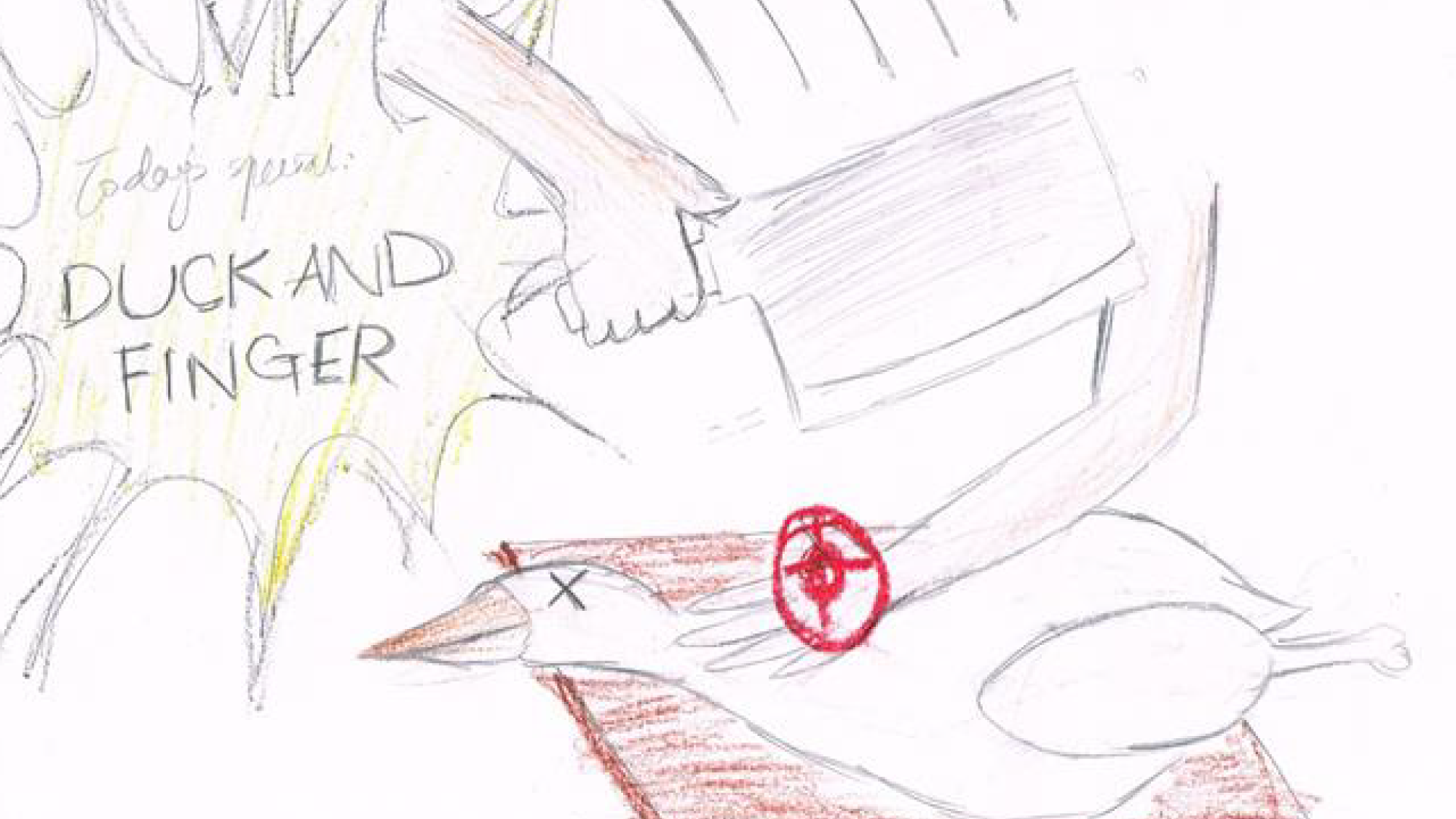Lending A Hand
Medical emergencies can happen anywhere, and when they happen in the community, the Family Doctor is sometimes best placed to provide the immediate care required. Starting this issue, we share stories from “Being Human – stories from Family Medicine”, published in May 2019 by Adjunct Associate Professor Cheong Pak Yean and Dr Ong Chooi Peng. The book contains interesting experiences and memorable encounters that make up Family Physicians’ typical and occasionally, atypical work days.
In 2005, a polyclinic doctor was called to attend to a 17-year old youth bleeding with “a missing left hand”. He had been attacked viciously over a staring incident. He was trying to shield himself with his left arm from a 30cm parang* aimed at his head: the blow sliced his left hand off completely at the wrist.
After stabilising the patient, the doctor quickly went to the site of the attack and managed to find the severed hand on a pavement about 300 metres from the polyclinic. The hand was placed in a box packed with ice and quickly transported with the patient to the National University Hospital. After a 10-hour operation, a team from the Hand Surgery Department was able to successfully reattach the youth’s hand and restore function to it. The surgeons attributed the operation’s success to the quick-thinking actions of the polyclinic doctor. He had made all the difference. This incident was reported in the press in Dec 2005, but the polyclinic doctor’s name was not revealed. That person is Dr Choong Shoon Thai (NUS Medicine Class of 1997) from Jurong Polyclinic.
He said medical practice in a clinic located in the community meant that once in a while, he would attend to medical emergencies and trauma cases. “My experience (not just in family medicine, but over the course of my postings after graduation) have taught me to always stay calm, remember the basics, and think before I act. My decisions on the day of the incident were informed by the knowledge that I gained during my hand surgery and orthopaedic postings; however, the reason I was able to leave the patient’s side and retrieve the severed hand was because of my confidence in my colleagues at the clinic to manage the patient while I was away.”
He recollects the dramatic episode in a recently published 168-page book, “Being Human: Stories from Family Medicine”, which is a compendium of 72 drawings by Yong Loo Lin School of Medicine students, with accompanying commentaries by doctors.
“I was called to the emergency room of the clinic to attend to a case of “hand amputation”. The patient’s hand had been cut off above the wrist and the ends of his radius and ulna (forearm) bones could be clearly seen. The cleanness of the cut meant the blood vessels were well-constricted with remarkably little bleeding.
I instituted first aid measures and called for help from my colleagues at the same time. We learned from the patient that he had been attacked nearby by someone wielding a parang*. In the aftermath, he had escaped to our clinic, leaving his severed hand behind.
I knew that the success of reattachment surgery depended on the hand being kept cool, and on the surgery being performed as soon as possible. Time was critical, and I did not want the ambulance to take the patient to the hospital without his hand!
Leaving the patient with my colleagues, I followed the trail of blood.
The amputated hand was lying on the pavement beside the main road, some 300 metres from the clinic. We wrapped the hand in gauze moistened with saline and placed it into a clean plastic bag inside a cooler box with ice, and it accompanied the patient to hospital in the ambulance.
We learned later that the hand had been successfully replanted.”
*A parang is a machete.

A picture drawn by Phase III medical students depicts another case of a chopped-off finger.
From “Being Human: Stories from Family Medicine”
